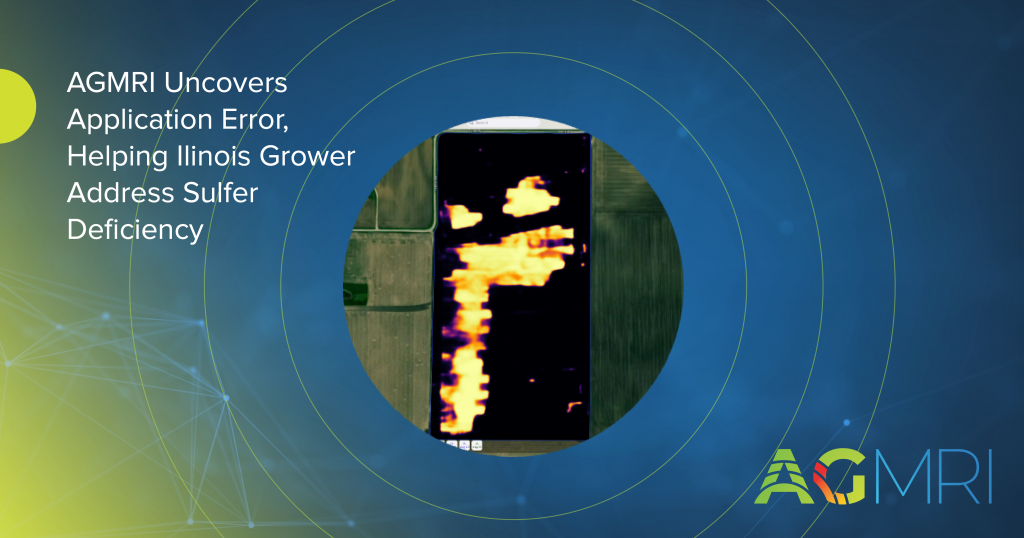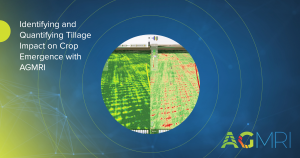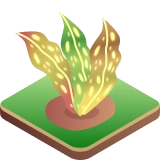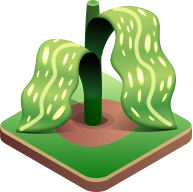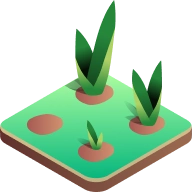Background
An Illinois grower, along with his crop specialist, was reviewing field conditions during a meeting to assess crop health following a recent tornado in the area. While initially focused on potential weather-related damage, the team noticed a distinct pattern across one of the fields that did not align with storm impacts.
The pattern’s shape suggested an application issue rather than weather effects. By reviewing application maps alongside AGMRI imagery, the team confirmed that the concern was tied to management practices rather than storm damage.
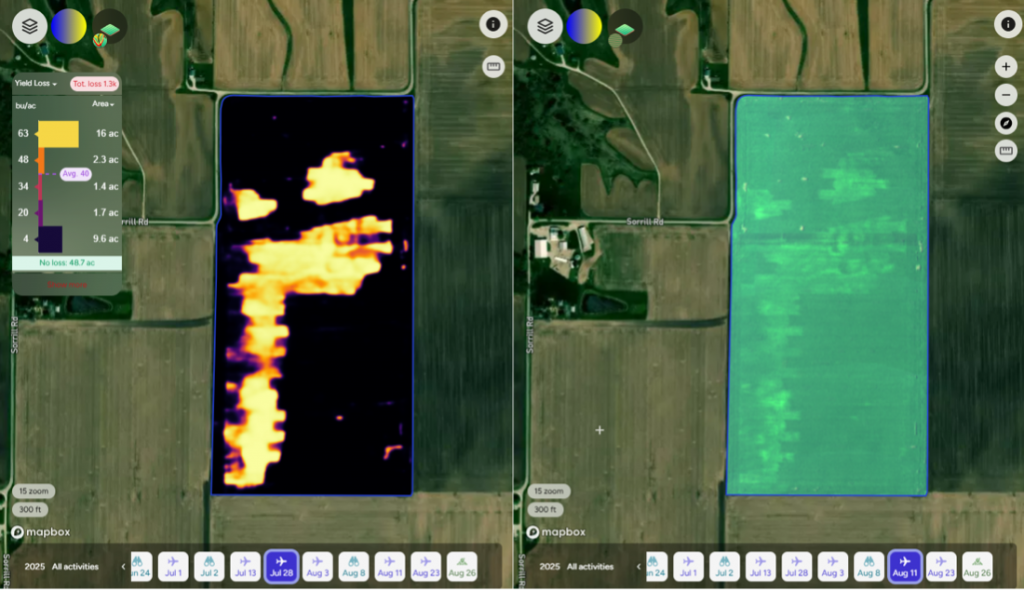
Challenge
The field revealed signs of nutrient stress, specifically sulfur deficiency, linked to a misapplication pattern. If unresolved, this problem posed a significant yield risk—and potentially broader consequences if the equipment malfunctioned across multiple fields.
The grower was concerned about nutrient deficiencies and wanted to understand whether the issue was isolated or systemic. Without corrective action, continued deficiencies could reduce profitability, carry forward into future seasons, and complicate management decisions.
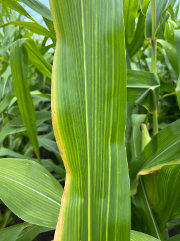
Solution
AGMRI imagery played a pivotal role in diagnosing the issue. The color image immediately revealed irregularities in the field pattern, while the nutrient deficiency layer helped map and confirm the affected areas clearly.
Together, the grower and crop specialist pieced together the story by overlaying AGMRI imagery with application records. This led to the conclusion that a sprayer error had contributed to uneven application, leaving portions of the field under-applied. Scouting validated the diagnosis: the field showed symptoms of sulfur deficiency.
Results
The team identified both the cause and the corrective path forward. The grower now plans to make another targeted application to restore sulfur levels and prevent yield loss. More importantly, catching the issue early prevents the same application problem from spreading across other fields.
This experience reinforced the value of AGMRI imagery not only for identifying weather damage but also for uncovering hidden management issues that might otherwise go unnoticed. With this insight, the grower can prioritize timely nutrient management and avoid future mistakes that could compromise yield potential.

